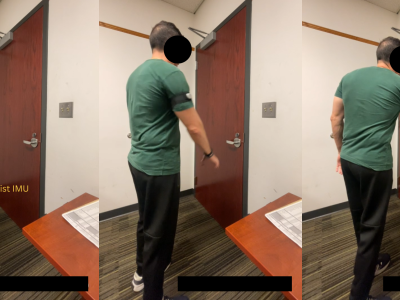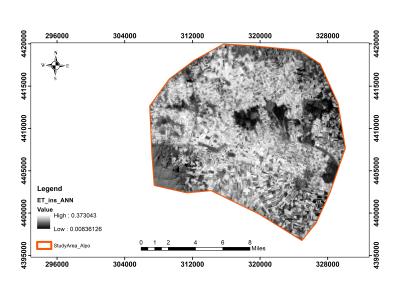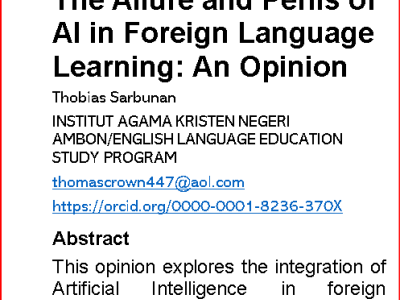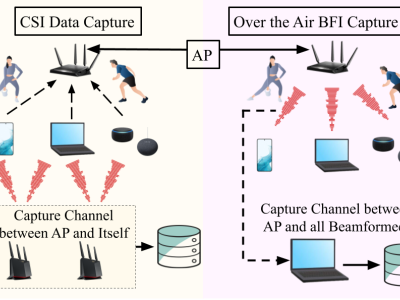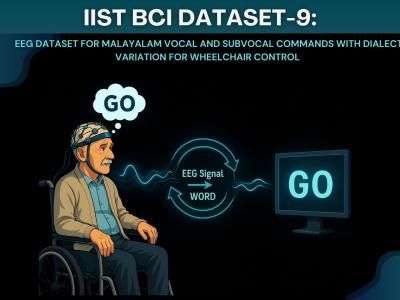
The scarcity of multimodal datasets in remote sensing, particularly those combining high-resolution imagery with descriptive textual annotations, limits advancements in context-aware analysis. To address this, we introduce a novel dataset comprising 12,473 aerial and satellite images sourced from established benchmarks (RSSCN7, DLRSD, iSAID, LoveDA, and WHU), enriched with automatically generated pseudo-captions and semantic tags.
- Categories:
